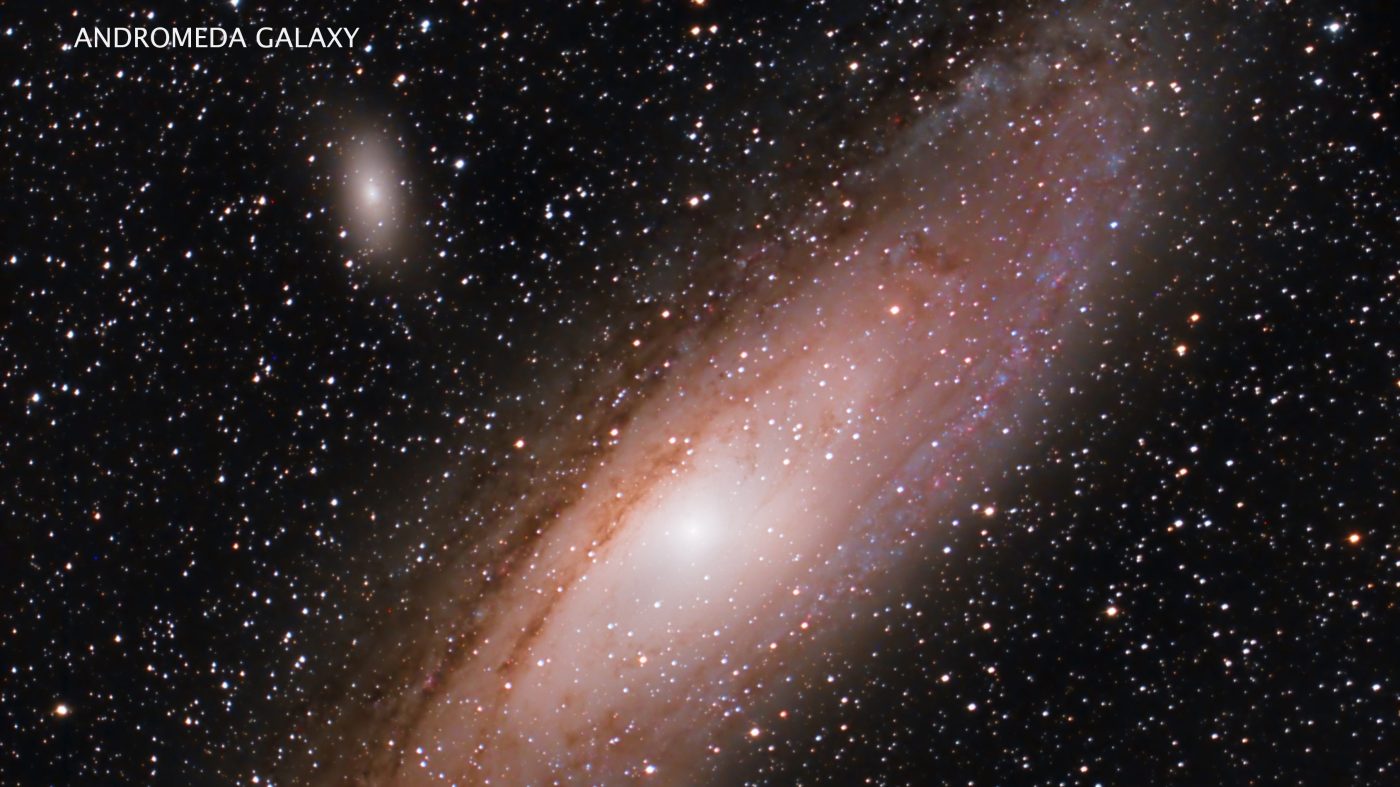
Skywatch: Get a stellar start to your day
I want to share the joy of stargazing in the early morning hours this week in Skywatch. I was a super early riser for many years before I retired, but not by choice. For me to be to work on time at 5 a.m., I climbed out of bed a little before 4. As brutal as that is, one of the great things about it is that if clouds don’t get in the way, I can start my day with the stars. This time of year is especially a treat because the stars are dazzling and bright as I look in the east.
That’s because those stars make up the great winter constellations rising and adorning in the early morning eastern skies. These are the same stars we see in the early evening skies in early January. I lovingly call this part of the sky “Orion and his Gang.”
Even if you’re not all that hip to the constellations, chances are you recognize Orion the Hunter. It’s the one that resembles an hourglass or a cockeyed bowtie. Its hallmarks are three bright stars lined up neatly in a row that make up Orion’s belt. Just below the belt are three fainter stars that make up Orion’s sword. The middle star in the sword is fuzzy. That’s because it’s not a star but rather a massive cloud of hydrogen gas more than 8,500 trillion miles away when new stars are gravitationally being born.
(Mike Lynch)
To the lower right of Orion’s belt is Rigel, the brightest star in Orion, marking the hunter’s left knee. Betelgeuse is the other super bright star to the upper left of the belt, marking Orion’s armpit. You can see it has a reddish glow without any problem. Betelgeuse is what astronomers call a super red giant star that is a little under a billion miles in diameter. Our sun is less than a million miles in diameter.
Elsewhere in Orion’s gang, there’s Auriga, the retired chariot driver with the bright star Capella. There’s also Taurus the bull with the little arrow pointing to the right, which outlines the face of the bull with the reddish star Aldebaran marking the angry red eye of the beast. Above Taurus are the Pleiades, a beautiful bright star cluster resembling a tiny Big Dipper. The Pleiades Star Cluster comprises over one hundred young stars, probably less than 100 million years old.
The brightest member of Orion’s Gang in the eastern half of the sky is actually “renting out space” among the regular winter shiners. It’s the bright planet Jupiter in the constellation Taurus, just above Orion’s head. To make it even more special, Jupiter is putting on a spectacular conjunction with the red planet Mars. A conjunction is when two or more celestial bodies appear close together in the sky. In this case, Jupiter and Mars will be about a degree apart. Jupiter is the much brighter of the two. You’ll be able to get both planets in the same field of view with a telescope and binoculars. Mars will appear more or less like an orange dot, but with Jupiter, you’ll see up to four of its brightest moons and maybe even some cloud bands on the great planet.
What stars we see and when and where we find them in the skies has everything to do with where the Earth is around the sun and where you are on the rotating Earth. Earth’s orbit around the sun and its daily rotation on its axis determine what direction in space you’re facing at any particular time. All the stars and constellations are so far away that from our perspective on Earth, it seems like we’re inside a giant celestial bowl. That’s more or less what folks believed until the 17th century A.D.
We now know that isn’t the case, but observationally, that’s how it seems. The constant change of the night skis on a daily and seasonal basis is one of the joys of stargazing and amateur astronomy to me and many other stargazing fanatics. The stars are always on the move, and everything goes in familiar cycles.
So set that alarm, grab that cup of strong coffee, and enjoy a little winter stargazing without the windchill!
Mike Lynch is an amateur astronomer and retired broadcast meteorologist for WCCO Radio in Minneapolis/St. Paul. He is the author of “Stars: a Month by Month Tour of the Constellations,” published by Adventure Publications and available at bookstores and adventurepublications.net. Mike is available for private star parties. You can contact him at mikewlynch@comcast.net.
Skywatch programs
Thursday, Aug. 22, 8:30-10:30 p.m., Tracy Library in Tracy, Minn. For more information and the location of the star party, call 507-629-5548 or visit tracypubliclibrary.org.
Friday, Aug. 23, 8:30-10:30 p.m., Lake Shetek State Park near Currie, Minn. For more information, call 507-872-7031 or visit www.dnr.state.mn.us/state_parks/lake_shetek/index.html.
Saturday, Aug. 24, 8:30-10:30 p.m., Camden State Park near Lynd, Minn. For more information call 507-872-7031 or visit www.dnr.state.mn.us/state_parks/park.html?id=spk00127#homepage.
Related Articles
Skywatch: Perseid meteor pleasure
Skywatch: Cat’s eyes of the summer skies
Skywatch: Perseids, planets and more
Skywatch: Lunar landing memories
Skywatch: Astronomical tape measures


